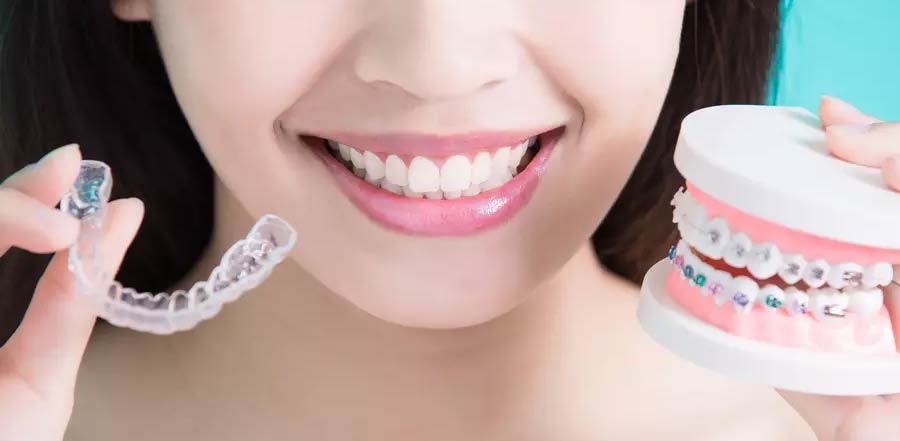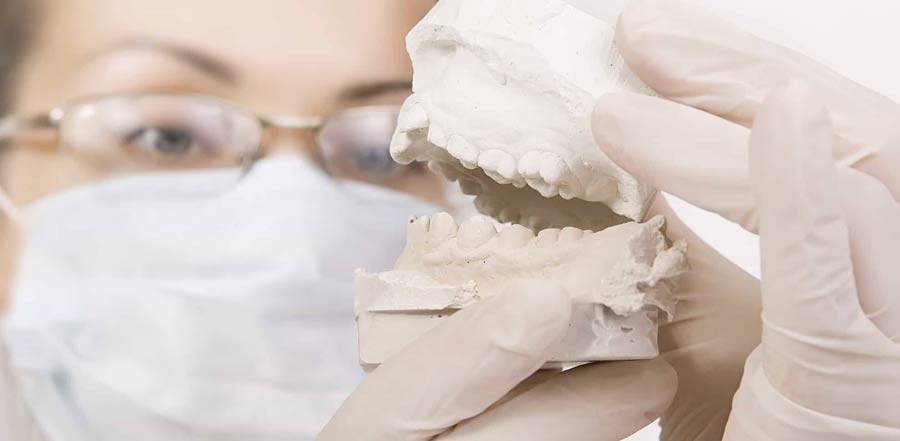Children’s Orthodontics in or near North Miami
Anyone searching for an orthodontist in the North Miami area you’ll faced with a wide selection of options. So, why do so many people in North Miami travel to see Dr. Carmen Crespi in Miami Lakes? Nowadays it seems that everybody is offering orthodontic services. In fact that there are many of dentists advertising orthodontic services even when they are not qualified to do so. It goes beyond that you can now even order clear braces via mail from SmilesDirect! Nevertheless, parents who know better still prefer the service only a certified orthodontist can provide. When you’re looking clear braces we ask you to call us for a free no obligation consultation where we will show you what is the difference between orthodontic services provided by a general dentists versus that of Children’s Orthodontics North Miami, Fl .
Although a great number of dental professionals will tell you that braces are no big deal, the difference in education tells us otherwise. Orthodontic Braces are placed over your teeth to correct its alignment. If not done correctly, you could experience several health issues arising from the idea that you cannot chew or eat your food properly.
If you’re getting braces, it’s highly recommended that you consult with an orthodontist instead of a general dentist. Orthodontists have extensive knowledge about the proper alignment of teeth. A regular dentist’s experience, on the other hand, doesn’t cover such area.
If it comes to training, an orthodontist has two to 3 added years’ worth of specialization compared to a general dentist. This means that they’re capable of doing better than the latter can do, and it covers installing wires, braces, Invisalign, and similar corrective appliances under your teeth.
Refer to an orthodontist if you do not want to experience the painful consequences such as overbite and constant migraines. These are the common problems of people who opted to go to a general dentist instead of an orthodontist for braces. Keep yourself of all these issues and talk only with the experts who are specially trained for the job.
Keep in mind that issues with your teeth influence your overall health. If your dentures are bothering you then the rest of your body will not able to perform to the fullest.
Top Rate Orthodontist in North Miami, FL
Dr. Carmen Briceño Crespi of Lakes Orthodontics is your local board-certified orthodontist serving the North Miami area. Once you have decided that talking with an orthodontist is better than consulting with a regular dentist, then the next step is to find the orthodontist who is right for you. There are 2 kinds of orthodontists: general orthodontists and board-certified orthodontists. If you must choose between these two, always go for the board certified orthodontists.
Aside from the knowledge and specialization that regular orthodontists undergo, the board certified experts offer improved and comprehensive oral care. This is because they are required to renew their certification every ten years in order to keep the certification.
To become a board-certified orthodontist, they must be a member of the American Board of Orthodontics. One has to comply with the accreditation guidelines of the organization and follow their every rule to ensure their membership. Renewal of certification is also required, which may also suggest they have to undergo continuous training.
There are several advantages to consulting with a board-certified orthodontist and they have mean assurance of getting premium oral care. Board certified orthodontists can give you with the necessary dental care, as well as align your dentures to assure you that perfect smile. These orthodontists will make sure that you’ll get your confidence back.
Blog Related to Top Rate Orthodontist in North Miami, FL
Does Invisalign Really Work?
This is a question that I get all the time from patients, and it is a very valid question as, after all, you are going to [...]
3 Key Steps To Having Success With Invisalign
Every day millions of teens and adults look in the mirror and are unhappy with their smiles. A person’s smile is their most basic form of [...]
The Truth Behind Lingual Braces
With all of the technological advances in orthodontics, patients have more treatment options today than ever. Nowadays, if you want to straighten your teeth, you can [...]





